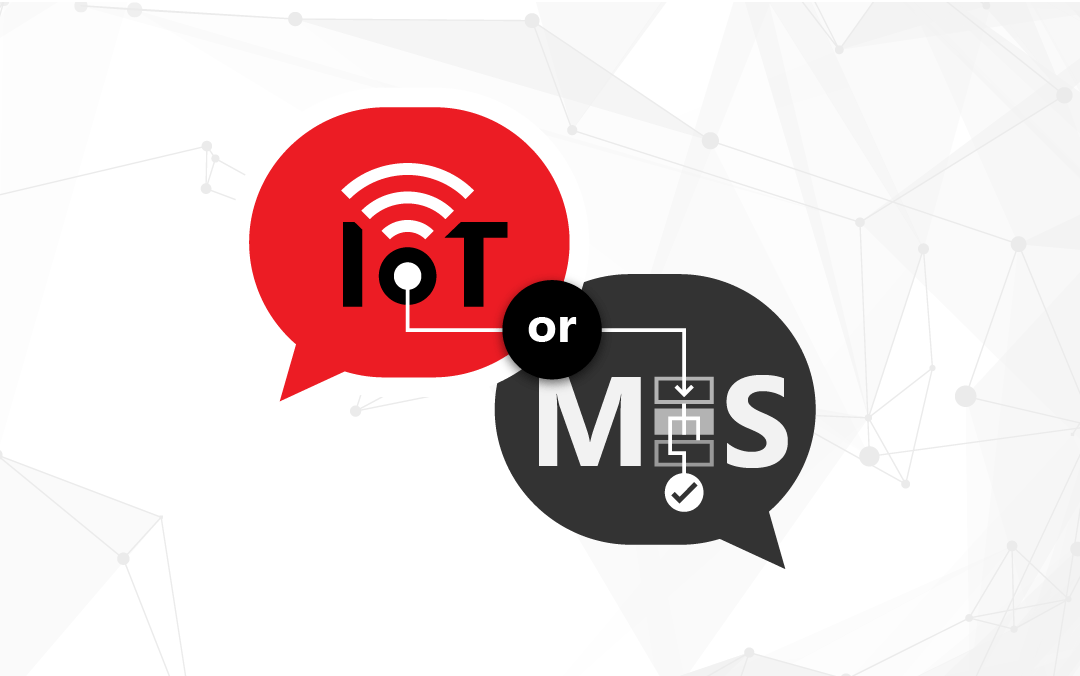The Real-time Digital Space
For our clients, real-time digital technology typically links business systems (e.g. SAP, JD Edwards) with plant-floor systems like PLCs, CNCs, sensors, etc. With this link, the industrial process becomes information driven triggering actions that execute operations, enforce quality checks, schedule production, monitor energy, etc.
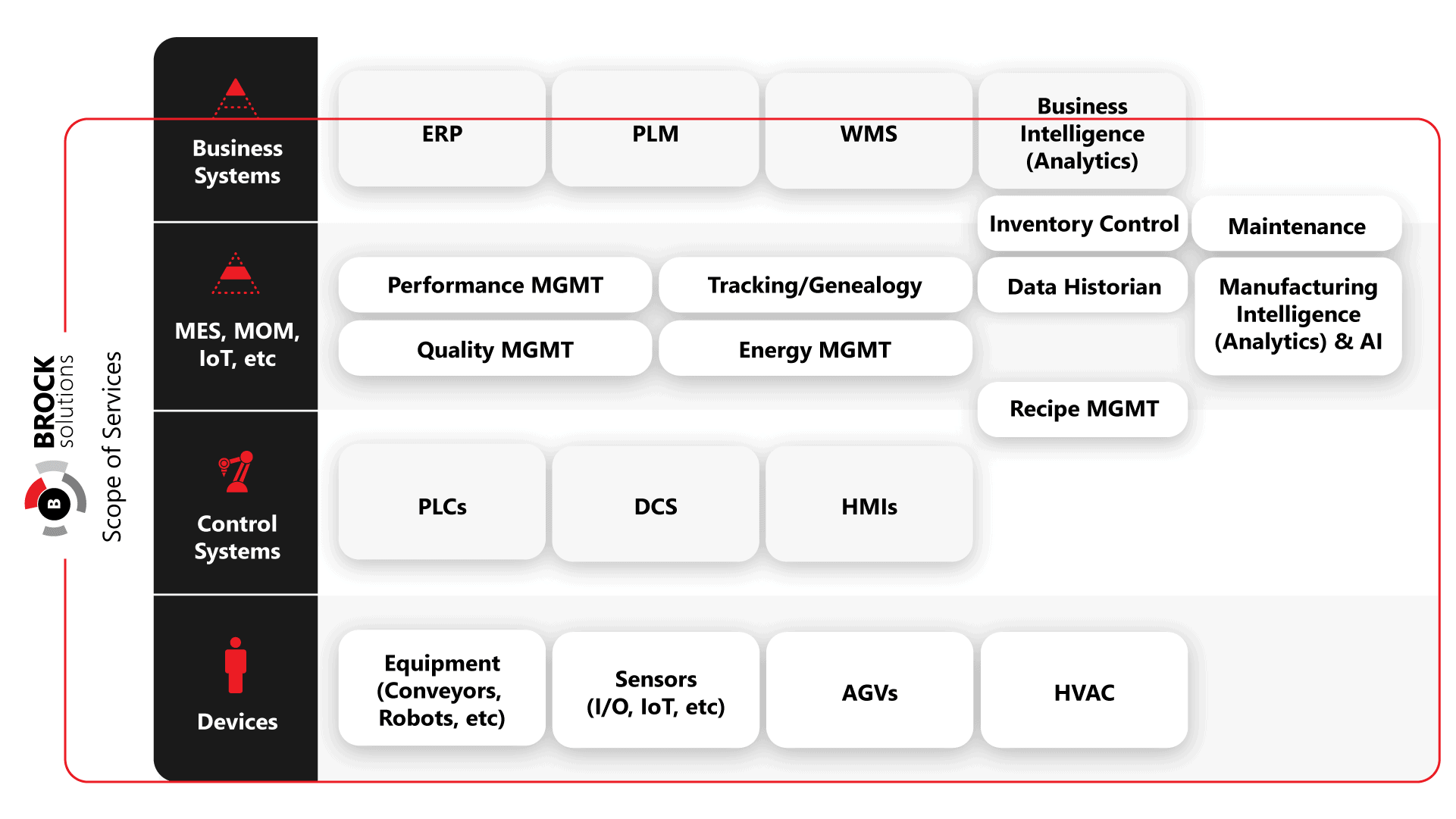
MES, MOM, IoT, etc
Performance MGMT
Quality MGMT
Tracking / Genealogy
Energy MGMT
Inventory Control
Data Historian
Recipe MGMT
Maintenance
Manufacturing Intelligence (Analytics) & AI
Control Systems
PLCs
DCS
HMIs
Devices
Equipment
Sensors
AGVs
HVAC
What’s Changed?
Traditionally, MES filled this middle role. Solutions were designed to do everything – recipe management, track and trace, production scheduling, quality management – all under one roof. Deployments tended to take many months to weave together all the different rules required to build a comprehensive solution. Although many manufacturers continue to rely on these systems today to run operations, we have seen a movement away from a one-size-fits-all solution to something lighter and more modular. Rather than trying to design for everything, it’s more about targeting a particular problem on the plant floor and going after the $ quickly. For clients operating on legacy systems, there’s no longer a need to rip and replace everything. Our clients often leverage existing investments, wrapping and extending and filling gaps as needed, with the end result being a modern, supportable platform that is cheaper and painless to adopt.
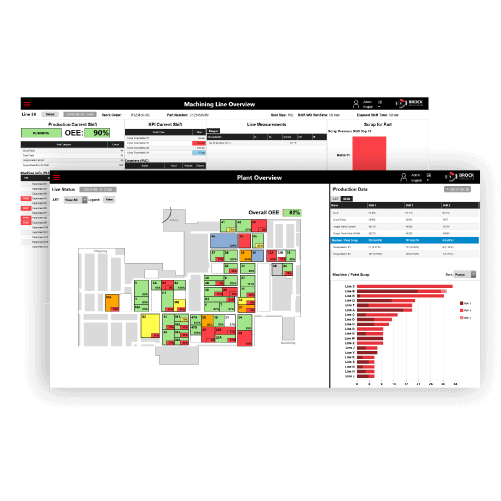
Real-Time Visualization
- Downtime reason tracking
- OEE/OLE
- Equipment utilization
- Maintenance notifications
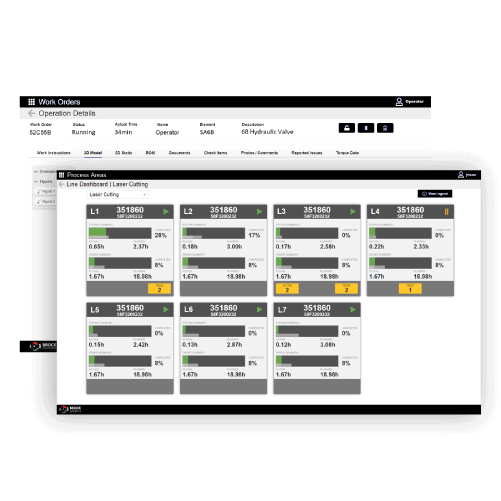
Operator Advisor
- Work instructions and step execution
- Order assignment
- Issue alerting and progress tracking
- Digital thread – CAD & PLM
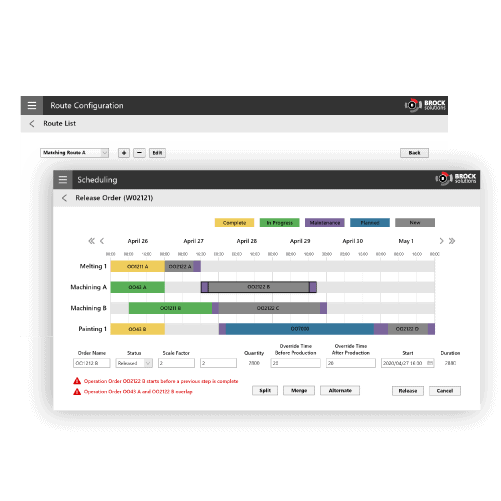
Scheduling
- Order assignment to routes and equipment
- Order re-sequence on equipment
- Current order status and progress
- Automated ERP / Order download
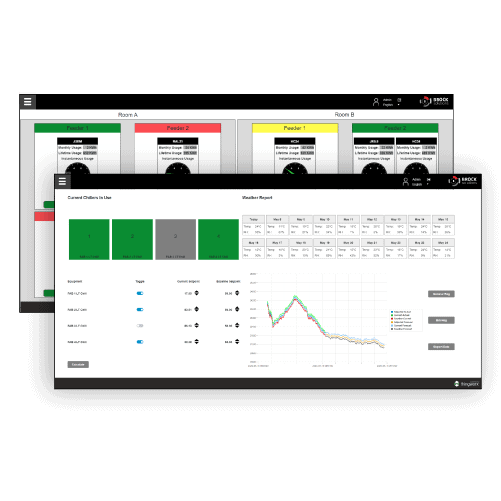
Energy Management
- HVAC and BMS control
- Consumption tracking
- Predictive maintenance
- Optimized asset utilization and weather control
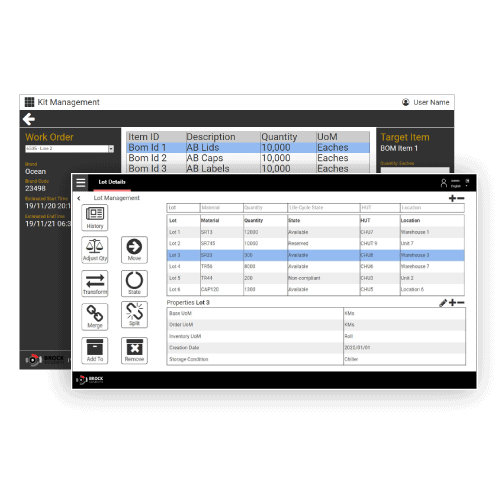
Warehouse Management
- Material lot / Unit management
- Tracking & Location
- Forklift & Personnel order requests
- Operation history
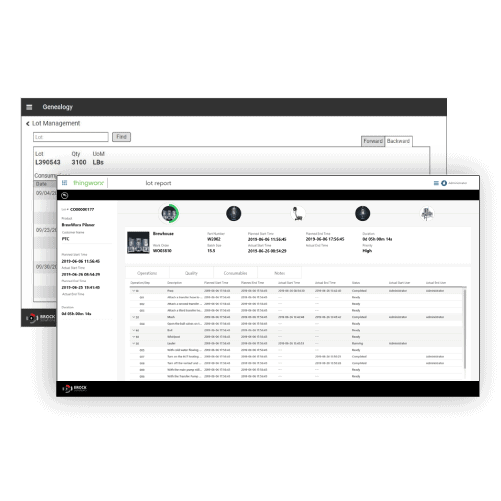
Track & Trace / Genealogy
- Product genealogy
- Execution auditing
- Production & WIP Tracking
- Employee verification
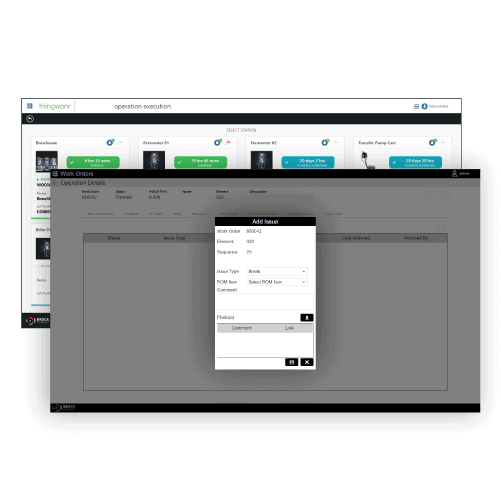
Quality
- Defect capture and logging
- In-line SPC tracking
- Quality control & process interlocking
- Issue alerting
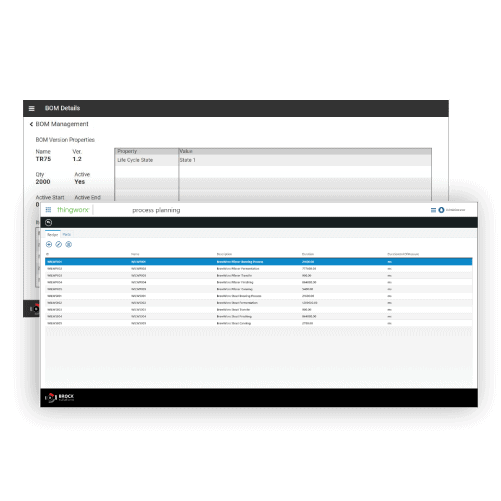
Production Definition
- Engineering change management
- Revision history & auditing
- Recipe management
- BOM Management
What’s Changed?
Traditionally, MES filled this middle role. Solutions were designed to do everything – recipe management, track and trace, production scheduling, quality management – all under one roof. Deployments tended to take many months to weave together all the different rules required to build a comprehensive solution. Although many manufacturers continue to rely on these systems today to run operations, we have seen a movement away from a one-size-fits-all solution to something lighter and more modular. Rather than trying to design for everything, it’s more about targeting a particular problem on the plant floor and going after the $ quickly. For clients operating on legacy systems, there’s no longer a need to rip and replace everything. Our clients often leverage existing investments, wrapping and extending and filling gaps as needed, with the end result being a modern, supportable platform that is cheaper and painless to adopt.

Real-Time Visualization
- Downtime reason tracking
- OEE/OLE
- Equipment utilization
- Maintenance notifications

Operator Advisor
- Work instructions and step execution
- Order assignment
- Issue alerting and progress tracking
- Digital thread – CAD & PLM

Scheduling
- Order assignment to routes and equipment
- Order re-sequence on equipment
- Current order status and progress
- Automated ERP / Order download

Energy Management
- HVAC and BMS control
- Consumption tracking
- Predictive maintenance
- Optimized asset utilization and weather control

Warehouse Management
- Material lot / Unit management
- Tracking & Location
- Forklift & Personnel order requests
- Operation history

Track & Trace / Genealogy
- Product genealogy
- Execution auditing
- Production & WIP Tracking
- Employee verification

Quality
- Defect capture and logging
- In-line SPC tracking
- Quality control & process interlocking
- Issue alerting

Production Definition
- Engineering change management
- Revision history & auditing
- Recipe management
- BOM Management
Our Approach
A more modular, lighter solution requires a different implementation approach too.
The days of year-long engineering projects are over, and the focus is on $ value and return. To that end, Brock has honed our methodology to focus on the following steps:
Value-First
Understand business objectives
Map solution to business needs
Executive Alignment
Executive engaged from the start is critical to success
Ensures a holistic approach is taken
Workshop-Based
Understand manufacturing process, environment and readiness
Define direction and scope to turn around fixed proposal
Quick-To-Value
Phased approach to get functionality in customers hands sooner
Prove value quickly while deisgning for the enterprise
What Goes Where?
Many organizations are struggling with decisions around which technology to use — there are many to pick from, and often confusing terminology to decipher from solution providers and system integrators. With the growing convergence of the Information Technology and Engineering functions, it is critical to have a consistent vision and strategy for technology deployment. Because we are vendor-neutral, and have been doing this for 30 years, Brock often gets engaged to help answer these questions on how to get started and where…
Resources
Learn more about how we provide value to our customers in the digital solutions space.
▼
▶
Blog
IoT or MES: How to decide
The big development now is adding to that core to truly offer a digital solution from supply chain to manufacturing, to aftermarket and back again.
Blog
The Digital Market
A breakdown of some of the typical criteria we look at when helping a manufacturer evaluate MES vs. other tools.

